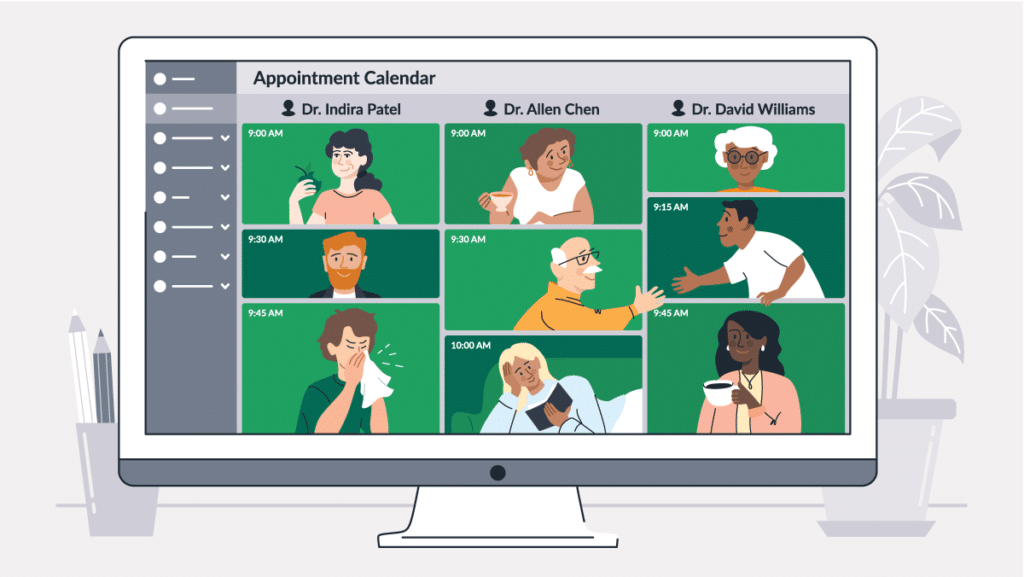In the perfect practice, GPs and admin staff have open lines of communication. When the admin team ask something of the doctors, they get to it without a fuss. And, when the doctors need something in return, the admin team drop what they’re doing to offer the same support. Yet, how often does this actually happen? How often does one party truly listen and work collaboratively with the other?
For most practices the answer is not often. It’s not that we don’t care. We know getting GPs onboard and working in unison with the admin team is a key condition to running a successful practice. That’s not the problem. The problem is making it happen. So, the question is, how do we realistically go about encouraging doctors to be team players? Well, keep reading! We have some strategies for influencing doctor behaviour that will help you create a harmonious, well-run medical clinic.
1. Use Post-Appointment Surveys
Patient feedback can be critical for eliciting changed behaviour in doctors. After an appointment, ask patients to answer a short survey on their experience. Then, periodically take the time to review this feedback with the doctors at your practice.
2. Schedule Regular Lunch Meetings
Lunch meetings are an excellent opportunity to further the relationship you have with the doctors on staff. Not only will these meetings give you an opportunity to discuss work, but they’ll also help you to develop your personal relationship. And the stronger your personal relationship is, the better your communication lines will be, resulting in greater honesty and accountability. We recommend you schedule these lunches on a regular day of the week, once or twice a month.
3. Create a PowerPoint Presentation
Misunderstandings can arise in the workplace when staff members don’t understand or respect what other team members do. To correct issues such as these, we suggest you create a PowerPoint presentation that highlights the various roles each team member plays, while offering suggestions on how team members should communicate with each other.
By creating this presentation, you’ll help doctors understand the value of the reception team, while similarly highlighting the value of the doctors to the receptionists. However, don’t just stop at showing the presentation to the team. Once your team members have had the chance to see it, encourage collaboration by asking doctors and other staff members to add their own ideas. Based on these discussions, ask your team to establish clear goals for creating a better working environment.
4. Align Your Incentives
You want everyone at your clinic to be on the same page, striving to reach the same goals. To that end, we suggest you determine objectives to focus on each month. For example, your goals might include: achieving consistently positive patient feedback, keeping scheduled appointments, or increasing the number of care plans issued in a specific month. This alignment of the staff will ensure that both reception and doctors are working together as a team.
5. Develop a Mission Statement
A mission statement is important for every medical practice, and we encourage you to develop one if you don’t have one in place already. Think of it as a one or two sentence written philosophy that sums up your clinic’s aims and ideology. For instance, one clinic’s mission we came across is “Committed to improving the overall health of our community by providing comprehensive quality care and service in a cost-effective and compassionate manner.” We suggest you schedule a staff meeting to work on your clinic’s mission collaboratively. To get you started, Forbes recommends you begin by answering the following four questions:
- What do we do?
- How do we do it?
- Who do we do it for?
- What value are we bringing?
By creating a clinic mission statement, you’re not only setting a clear vision for your organisation, but you’re also making sure your entire team is on the same page.



